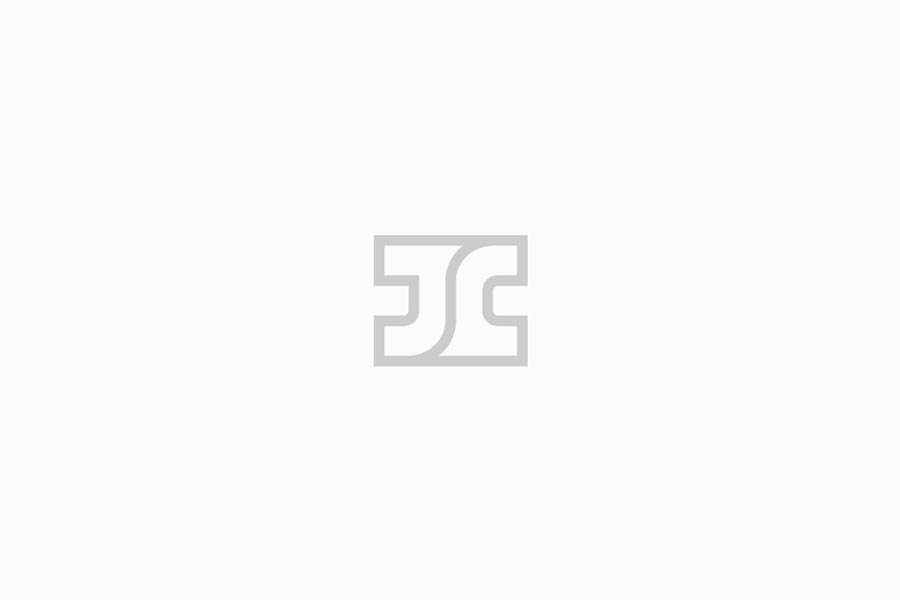When to use FDM Style 3D Printing for Early Stage Development and Prototyping
Friday, October 26, 2018
JC Innovations offers engineering, product development support, and project management of orthopedic implants and surgical instruments. We realize there are many questions when moving innovative products from idea to marketable merchandise and many options for transforming a concept sketch into a physical product. We work with you to understand your needs and provide the most viable solutions at all stages of that process. We can help you understand which technologies and manufacturing methods make sense to accomplish your goals. For example, a new technology has become popular to realize lower cost and expedited early stage prototypes. In addition to providing rapid first touch and evaluation of concepts, this technology also enables designs to be de-risked prior to committing large resources to expensive manufacturing processes and provides multiple iterations, as the project matures, that will lower the costs of final designs. This technology is Fused Deposition Modeling (FDM) 3D printing. A quick comparison between traditional subtractive manufacturing processes, like milling and drilling, and FDM 3D printing may help to address a few questions and inform some of your decisions.
Fused Deposition Modeling known as FDM style 3D printing is fast, cheap, and enables the creation of complex shapes that would otherwise be cost prohibitive using traditional subtractive manufacturing methods and other additive manufacturing methods. This style of printing has been proven to speed up the research and development process and reduce the cost of early stage prototyping. [refer to article: www.ncbi.nlm.nih.gov/pmc/articles/PMC4189697/]. It has enabled customers to be more adaptable to design changes and conserve financial resources for other action items. In a nutshell FDM style 3D printing is a reasonably easy solution for many customers to adopt with incredible results at a significantly lower cost than many other manufacturing options.
By comparison, traditional subtractive manufacturing which includes: drilling, milling, and/or turning blocks of material on a lathe, often creates material waste and involves potentially prohibitive expense in dollars, time, and effort. Subtractive manufacturing usually involves CNC machinery and industrial equipment that are expensive to buy and expensive to run. Skilled operators are required to spend significant time setting up and operating the machines to trim material away from the initial block to create the parts. In addition, the processes required after initial machining can also be expensive. Subtractive manufacturing is often employed for products that are intended to have many units made after the initial setup, thus allowing the setup fee to be amortized over the volume of parts. But, this promotes a backlog of work that can stall new projects from getting started. Especially, in medical devices, where quality vendors are often prevented from starting projects for months from the initial request, due to this extended queue of work. Locating and contracting with a producer is then another time-consuming cost compared to 3D printing. The point is, that in many cases, early in the development process, subtractive manufacturing is simply not the right choice. However, there is a time when subtractive manufacturing is needed. Additionally, there are times with other additive manufacturing methods are valuable to the development process. JCI can help illuminate the manufacturing options and ensure product development dollars are spent efficiently.
Additive manufacturing has many methods and materials that provide unique value for the customer at all stages of the product development cycle. To better understand the basics of 3D printing check out: https://formlabs.com/resources/basics-of-3d-printing/ or contact JCI. We are happy to elucidate the options and help you understand how they can benefit the prototyping and development process.
When starting product development projects, whether it’s to gather customer inputs or creating prototypes, getting physical parts for evaluation can help solidify concepts and provide better direction. Consider FDM 3D printing early in the development process. It’s cheap and fast. Use it to get preliminary concepts to compare features with customers. Use it to reduce the amount of time it takes to get physical parts after initial designs are created. The time and cost to iterate designs is significantly reduced, allowing for more touch points in the development process. Taking ideas from concept to a physical product can happen in a matter of days vs. weeks or months. The cost is low enough to allow for these iterations while allowing ample capital for the next stage prototyping. Evaluation earlier in the development process, multiple iterations in the development process, and most critically, early identification of improvements prior to more expensive manufacturing methods, facilitates optimal designs. By intensifying the amount and quality of feedback prior to design freeze, robustness of the design is improved and risk is reduced.
JC Innovations supports client ideas and objectives by working to find the best pathways to manufacture and produce products throughout the development cycle. We have seen how FDM 3D printing has been employed to provide practical and viable solutions to the most challenging ideas. We welcome your questions and would love to discuss ways we can support your projects and/or design ideas!



